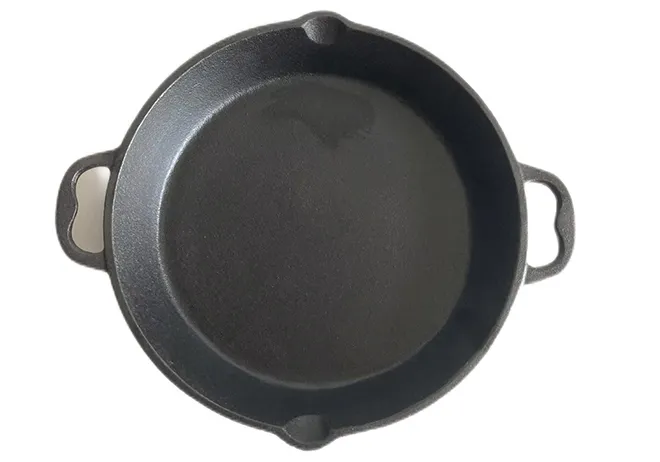
choosing a dutch oven
Choosing a Dutch Oven A Comprehensive Guide
A Dutch oven is an essential addition to any kitchen, revered for its versatility and ability to retain heat. Whether you're a seasoned chef or a home cook, knowing how to choose the right Dutch oven can significantly enhance your cooking experience. This guide aims to simplify the selection process by exploring key factors to consider.
1. Material Matters
Dutch ovens are typically made from cast iron, enameled cast iron, or ceramics. Each material offers unique benefits
- Cast Iron Renowned for its heat retention and distribution, uncoated cast iron Dutch ovens are perfect for slow-cooking, braising, and baking. However, they require regular seasoning to maintain their non-stick surface and prevent rust.
- Enameled Cast Iron This variant offers the same excellent heat retention as its non-enameled counterpart, with the added benefit of a non-reactive surface. Enameled Dutch ovens come in various colors and don’t require seasoning, making them easier to maintain.
- Ceramic While not as common, ceramic Dutch ovens are lightweight and aesthetically pleasing. They are excellent for baking and can traverse from oven to table, but they don’t provide the same heat retention as cast iron options.
2. Size Selection
Dutch ovens come in various sizes, typically ranging from 1.5 quarts to over 7 quarts. Choosing the right size depends on your cooking needs
- For small families or quick meals, a 3 to 5-quart Dutch oven is ideal. - If you enjoy entertaining or cooking in bulk, consider a larger model (6-7 quarts) that can accommodate stews, roasts, and casseroles.
choosing a dutch oven

Dutch ovens can be quite heavy, especially those made from cast iron. When selecting one, consider whether you are comfortable lifting and maneuvering it, particularly when it’s full of ingredients. Some brands offer lighter versions, which can be a boon for those who prioritize ease of handling without sacrificing quality.
4. Lid Design
The lid of a Dutch oven plays a crucial role in cooking. Look for models with a heavy, tight-fitting lid that can trap moisture effectively. Some lids come with self-basting features, which allow condensation to drip back onto the food, enhancing flavor and tenderness.
5. Brand and Price
Famed brands such as Le Creuset and Staub are often associated with quality and durability, but they do come at a higher price. Consider your budget and how often you plan to use the Dutch oven. There are also more affordable options available that maintain good quality, so research is key.
6. Versatility and Usage
Finally, think about how you plan to use your Dutch oven. Many models are oven-safe and can be used on various cooking surfaces, including induction, gas, and ceramic stovetops. If you're interested in baking bread, make sure your selection is suitable for high temperatures.
In conclusion, choosing the right Dutch oven involves consideration of material, size, weight, lid design, brand, and intended usage. By carefully evaluating these factors, you can find the perfect Dutch oven that meets your culinary needs, providing countless delicious meals for years to come. Invest in a good Dutch oven, and you’ll find it becomes an indispensable tool in your kitchen repertoire.
-
Season Cast Iron Perfectly with GPT-4 Turbo TipsNewsAug.01,2025
-
High Quality Cast Iron Cookware - Baixiang County Zhongda MachineryNewsAug.01,2025
-
Premium Cast Iron Pan: Durable & Perfect HeatNewsAug.01,2025
-
High Quality Kitchen Durable Black Round Cast Iron Cookware Pancake Crepe Pan-Baixiang County Zhongda Machinery Manufacturing Co., Ltd.NewsAug.01,2025
-
Cast Iron Cookware - Baixiang County Zhongda Machinery | Nonstick, Heat ResistanceNewsAug.01,2025
-
High Quality Kitchen Durable Black Round Cast Iron Cookware - Baixiang County Zhongda Machinery | Non-Stick, Heat Retention, DurableNewsJul.31,2025


